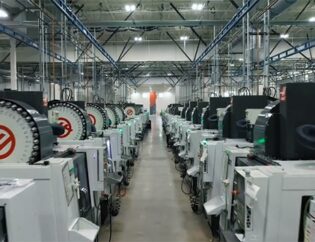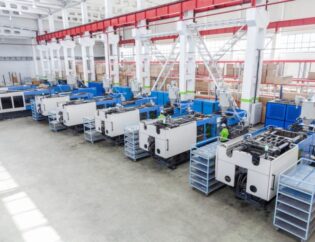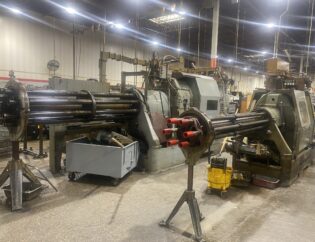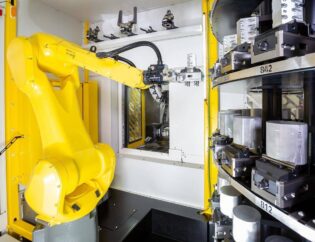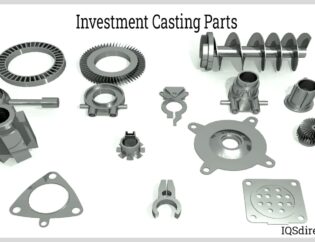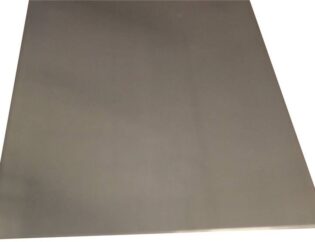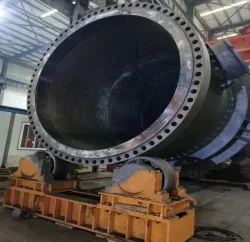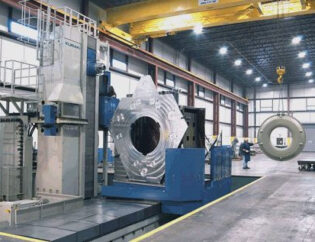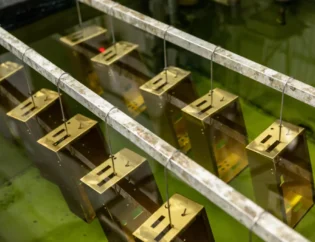Fabricated metal plays a crucial role in various industries, from construction to manufacturing. Understanding its properties and applications is essential for professionals and enthusiasts alike. This guide delves into the intricacies of fabricated metal, exploring its processes, benefits, and significance in modern engineering.
Readers can expect to learn about the different types of fabricated metal, the techniques involved in its production, and its impact on efficiency and sustainability. By the end of this guide, you will have a comprehensive understanding of how fabricated metal shapes our world.
What is Metal Fabrication: A Definitive Process Guide
Metal fabrication, a cornerstone of modern manufacturing, intricately shapes our world. This comprehensive guide delves deep into the realm of metal fabrication, exploring its definition, historical evolution, and the intricate processes that transform raw metal into diverse, complex structures. Whether you’re a professional in the industry or a curious learner, this exploration will illuminate the significance of metal fabrication in today’s world.
Understanding Metal Fabrication
Metal fabrication is the process of creating metal structures or products by cutting, bending, welding, and assembling raw metal materials. It involves a variety of techniques to transform metal into finished products used in industries like construction, automotive, aerospace, and manufacturing. The process is essential for producing durable, high-performance products from materials like steel, aluminum, and other metals.
Technical Features of Metal Fabrication
The technical features of metal fabrication can vary based on the processes used. Below is a comparison table highlighting some key features:
| Feature | Description |
|---|---|
| Material Types | Commonly used metals include steel, aluminum, copper, and alloys. |
| Processes | Involves cutting, bending, welding, machining, and finishing. |
| Precision | High precision is achievable, often within +/- 0.001 mm. |
| Customization | Capable of producing custom designs tailored to specific needs. |
| Durability | Fabricated products are known for their strength and longevity. |
| Applications | Used in various sectors including construction, automotive, and aerospace. |
Types of Metal Fabrication
Metal fabrication encompasses a variety of processes, each serving specific purposes. Below is a comparison table of the primary types of metal fabrication:
| Type | Description |
|---|---|
| Welding | Joining metal parts by melting and fusing them together. |
| Cutting | Dividing metal into specific shapes using tools like lasers or plasma cutters. |
| Bending | Shaping metal by applying force to create angles or curves. |
| Machining | Removing material to achieve precise dimensions and finishes. |
| Stamping | Using dies to cut or shape metal sheets into specific forms. |
| Casting | Pouring molten metal into a mold to create complex shapes. |
The Workflow of Metal Fabrication
The metal fabrication industry comprises a wide range of operations. Fabrication companies follow a sophisticated workflow in their projects, and each step contributes to the overall success. Below is a brief summary of the common workflow for metal manufacturing:
-
Idea Conceptualization & Design: The process begins with brainstorming and designing the product using CAD software. Input from product designers, engineers, and fabricators is crucial.
-
Prototyping Stage: A physical prototype is created to test the feasibility of the design. This stage often utilizes rapid prototyping technologies.
-
Metal Fabrication Process: Once the prototype is approved, the final product is manufactured using various metal fabrication processes.
- Post-Processing: Finishing touches are applied, such as surface treatments or coatings, to enhance the product’s appearance and durability.
Applications of Metal Fabrication
Metal fabrication is utilized across various industries, including:
– Construction: Structural steel fabrication for buildings and bridges.
– Automotive: Manufacturing vehicle frames and engine components.
– Aerospace: Creating lightweight, high-strength components for aircraft.
– Consumer Products: Producing appliances, furniture, and electronic enclosures.
Each application requires specific techniques and materials, showcasing the versatility of metal fabrication.
Advantages of Metal Fabrication
Metal fabrication offers numerous benefits, including:
– Versatility: Capable of producing a wide range of products.
– Durability: Fabricated metal products are strong and long-lasting.
– Customization: Flexibility to create tailored designs.
– Efficiency: Advanced techniques provide quick and precise results.
– Cost-Effectiveness: Mass production capabilities reduce overall costs.
These advantages make metal fabrication a vital component of modern manufacturing.
Challenges in Metal Fabrication
Despite its benefits, metal fabrication faces challenges such as:
– Material Warping: Caused by uneven heating and cooling.
– Corrosion: Exposure to elements can lead to rust.
– Precision Errors: Inaccuracies in cutting or shaping.
– Weld Defects: Issues like porosity or cracks in welding.
Addressing these challenges through advanced technology and meticulous processes is essential for maintaining quality.
Innovations in Metal Fabrication
The metal fabrication industry is continuously evolving with technological advancements. Innovations such as CNC machining, robotic welding, and real-time monitoring systems enhance precision and efficiency. Companies like www.techniwaterjet.com and metalcon.com are at the forefront of these developments, pushing the boundaries of what is achievable in metal fabrication.
Conclusion
Metal fabrication is an indispensable part of modern industry, offering versatility, durability, and precision. It enables the creation of a wide range of products, from everyday items to complex industrial machinery. As technology continues to advance, the future of metal fabrication looks promising, with innovations that will further enhance its capabilities.
FAQs
1. What is metal fabrication?
Metal fabrication is the process of creating metal structures or products by cutting, bending, welding, and assembling raw metal materials.
2. What are the main types of metal fabrication?
The main types include welding, cutting, bending, machining, stamping, and casting.
3. What industries use metal fabrication?
Metal fabrication is used in construction, automotive, aerospace, consumer products, and many other sectors.
4. What are the advantages of metal fabrication?
Advantages include versatility, durability, customization, efficiency, and cost-effectiveness.
5. How does technology impact metal fabrication?
Technological advancements improve precision, efficiency, and the ability to create complex designs, enhancing the overall quality of fabricated products.
For more insights into metal fabrication, visit www.approvedsheetmetal.com, mechforged.com, and waykenrm.com.

